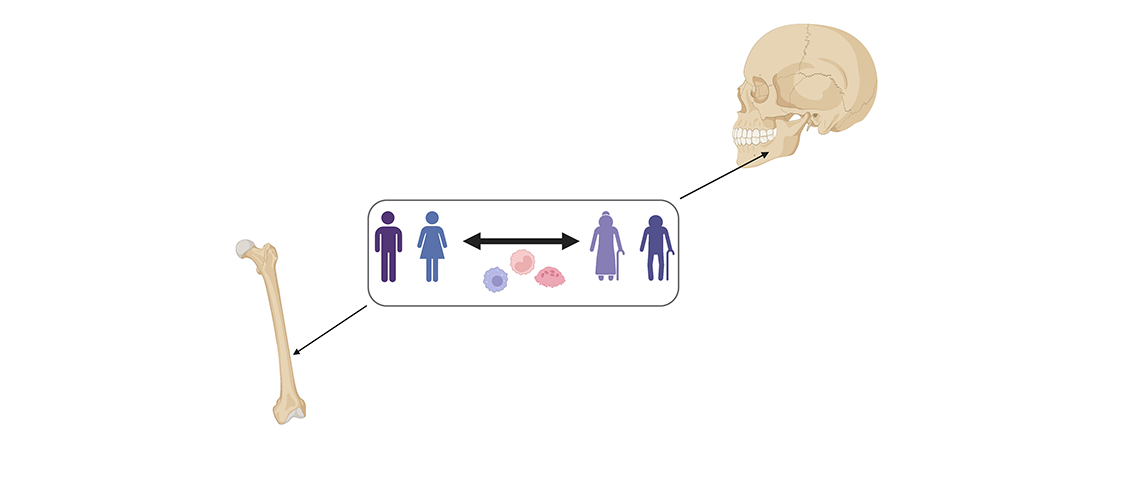Analyzing Age-Related Changes in Craniofacial Bones
Human bones continue to grow and be remodeled throughout a person’s life. There are two main cells involved in this process: bone formation by osteoblasts, and bone resorption by osteoclasts. This latter process is crucial for such processes as skeletal maintenance, tooth eruption, and orthodontic tooth movement, as well as bone healing and regeneration. Resorption increases with age; when resorption outpaces formation, the condition is called osteoporosis, which is a serious problem in older adults.
Recent research has suggested that jaw bones may be less affected by osteoporosis than long bones. However, there is little knowledge about osteoclasts in the jaw. Two researchers in the Department of Developmental and Surgical Sciences, Professor and MSI PI Kim Mansky and Clinical Assistant Professor Amy Tasca, are working on a project called “Chromatin accessibility and transcriptional differences: Analysis of skeletal site-specific monocytes by age,” that seeks to use genetic analysis to understand these cells and to develop the most effective protocols for bone regeneration/repair and treatment of diseases in the craniofacial complex. MSI staff members will perform RNA analysis and ATAC-Seq.
This project recently received a Research Computing Seed Grant. RC Seed Grant funds are intended to promote, catalyze, accelerate and advance U of M-based informatics research, so that U of M faculty and staff are well prepared to compete for longer-term external funding opportunities. Professor Mansky uses MSI resources as part of genetic studies of osteoclasts.
